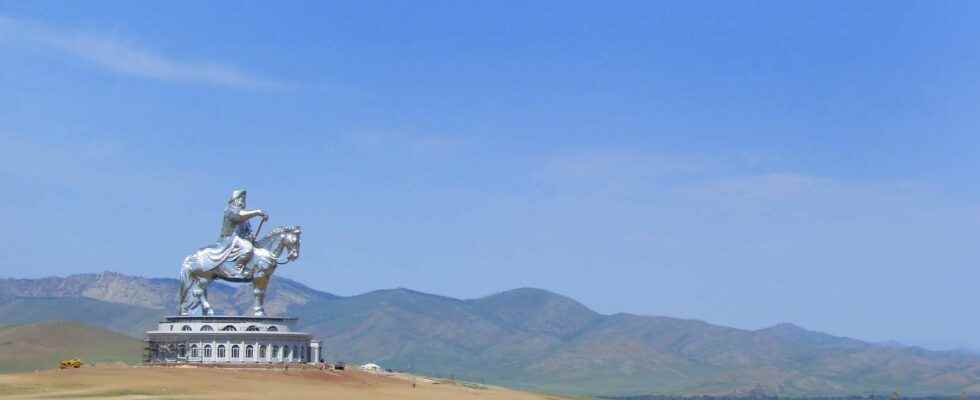Excavations in Turkey have revealed the remains of an ancient summer palace, which may have belonged to one of Genghis Khan’s descendants, Houlagu Khan.
You will also be interested
[EN VIDÉO] Wild odyssey: Nicolas Vanier on the Mongolian tracks In the Mongolian valleys devoid of snow after a much less cold winter than usual, Nicolas Vanier temporarily swapped his sled for a wheeled training kart. At the end of February 2014, he was heading for Siberia. © Taiga
In the province of Van in eastern Turkey, remains of an ancient palace have been discovered during archaeological excavations. According to the researchers, these remains could correspond to the summer palace of Houlagou Khan, the grandson of Genghis Khan. This descendant of the founder of the Mongol Empire lived from 1217 until 1265, and led many military expeditions to the Middle East. He is notably responsible for the destruction of a large part of the city of Baghdad in 1258 which was at that time the heart of the Muslim world.
After the end of the unity of the Mongol Empire in 1259, when his brother Möngke Khan died, Houlago Khan took control of the domain of the Ilkhans in the south-west of the empire, and created a smaller one. named “Ilkhanata”. This little empire lasted only about a century, and the majority remains disappeared with him. But the Houlagou summer palace, described in historical documents as having been built between 1260 to 1265 in eastern Turkey, had never been found.
Other excavations should confirm that it is indeed the palace of Houlagou Khan
The remains excavated by the archaeologists correspond not only to those of a summer palace, but to those of an entire city, reports live science. In particular, they unearthed a veritable caravanserai there, a reception structure to shelter passing merchants and pilgrims. But there is almost nothing left of the old palace belonging to the city discovered by the researchers: only a few bricks or pottery could be saved.
Among some of roof tiles from roof also preserved, is an “s” shaped symbol, which corresponds to “one of the symbols of power of the Mongol khans”, explains archaeologist Munkhtulga Rinchinkhorol, a member of the excavation team. These artifacts lead one to think that this palace would indeed be that of the grandson of Genghis Khan. However, more information is needed to confirm that this is indeed the case: research on the site continues.
Interested in what you just read?
